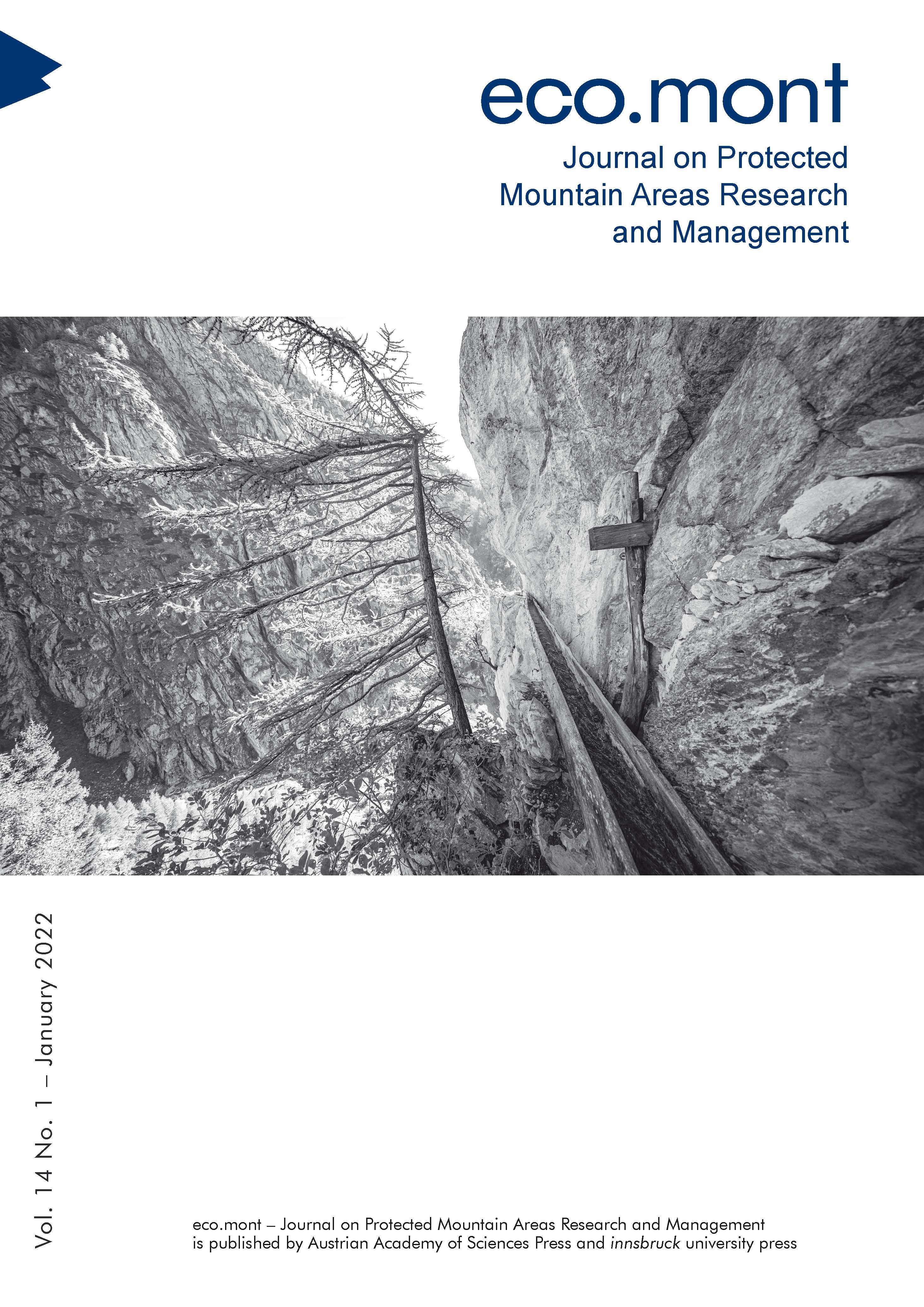
Eco.mont Vol. 14 Nr. 1, pp. 33-37, 2021/12/30
Journal on Protected Mountain Areas Research and Management

The Great Aletsch Glacier and world-famous peaks of Eiger, Mönch and Jungfrau make up the core of the UNESCO World Heritage Swiss Alps Jungfrau-Aletsch (SAJA), which was designated as a UNESCO World Heritage site in 2001, the first Alpine World Heritage designation. The natural and cultural landscape is very diverse due to its climatic differences and high altitudinal gradients. One extraordinary cultural element of the landscape in the UNESCO World Heritage SAJA is the traditional irrigation system. It mainly provides irrigation for meadows and vineyards, creating small-scale and species-rich habitats for animals and plants. As a result of agricultural structural change and workload, the traditional irrigation techniques are endangered and are being replaced by sprinkler systems or, in some cases, abandoned completely. The project Preservation of Traditional Irrigation in the Upper Valais served to detect areas still traditionally irrigated and to discuss challenges, solutions and perspectives with local actors and experts to develop a concrete action plan. Possible solution approaches proposed are: a) financial compensation; b) platform and volunteering; c) institutionalization; d) education and training; e) awareness raising; f) Expert Commission Irrigation Landscape Upper Valais Sun Mountains.
Keywords: World Natural Heritage, Swiss Alps Jungfrau-Aletsch, Upper Valais, traditional irrigation system, cultural landscape, cultural heritage preservation